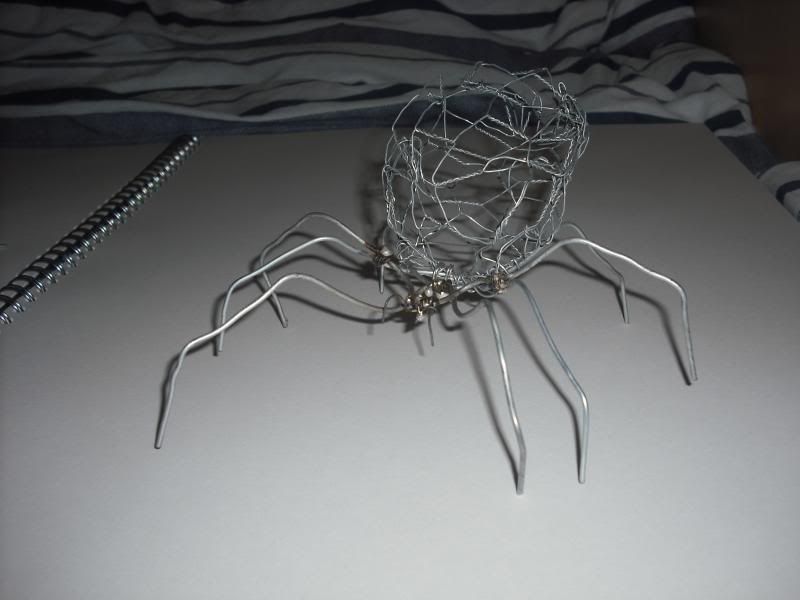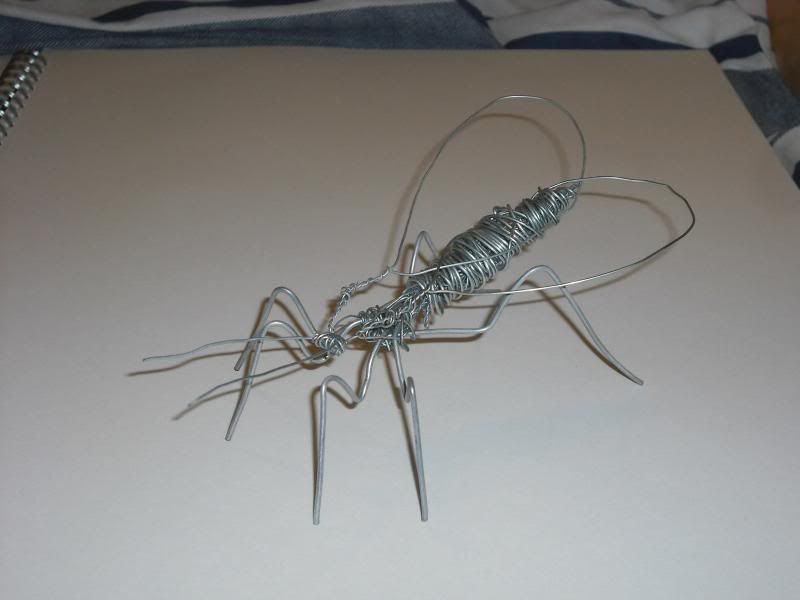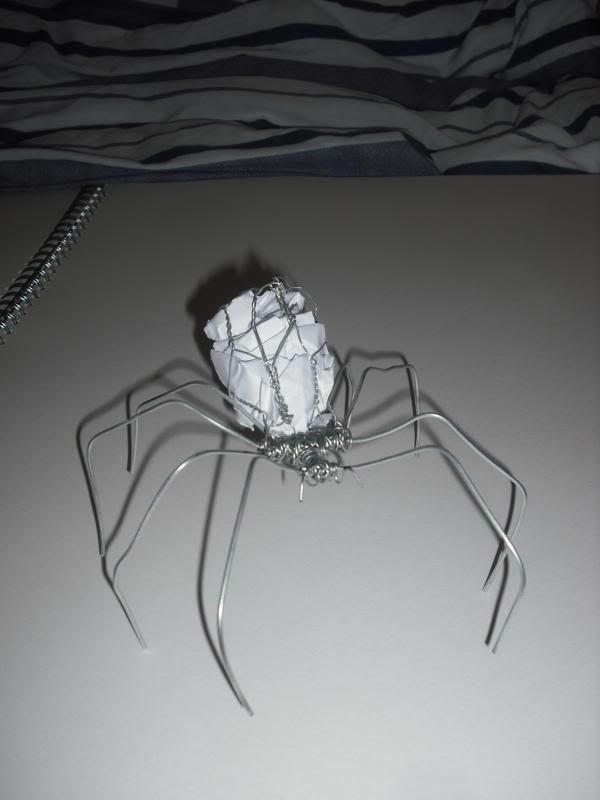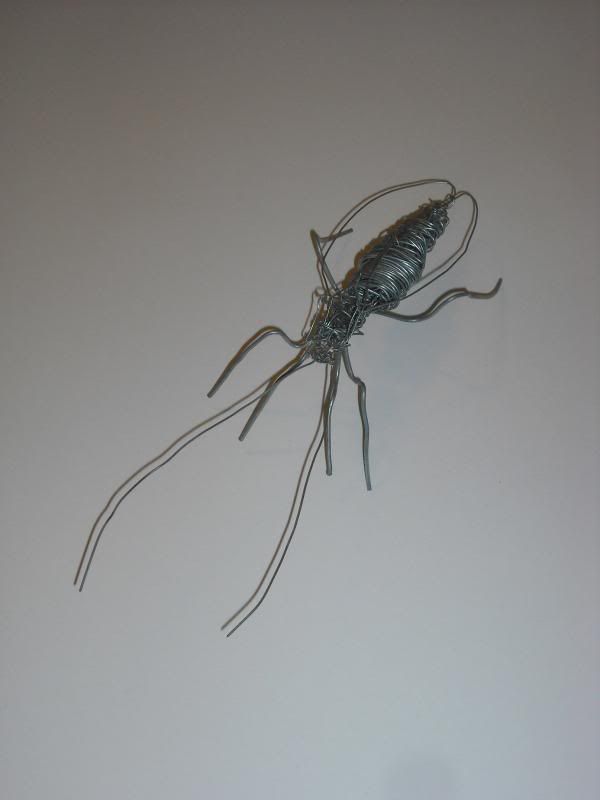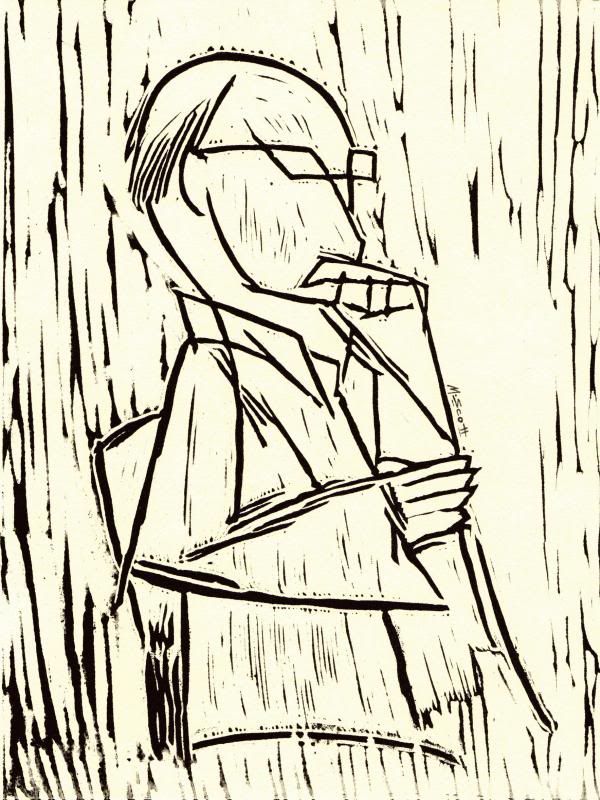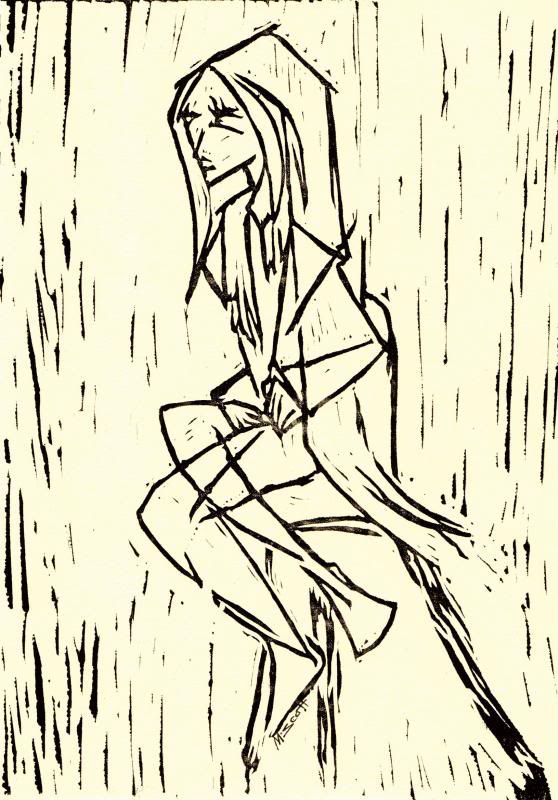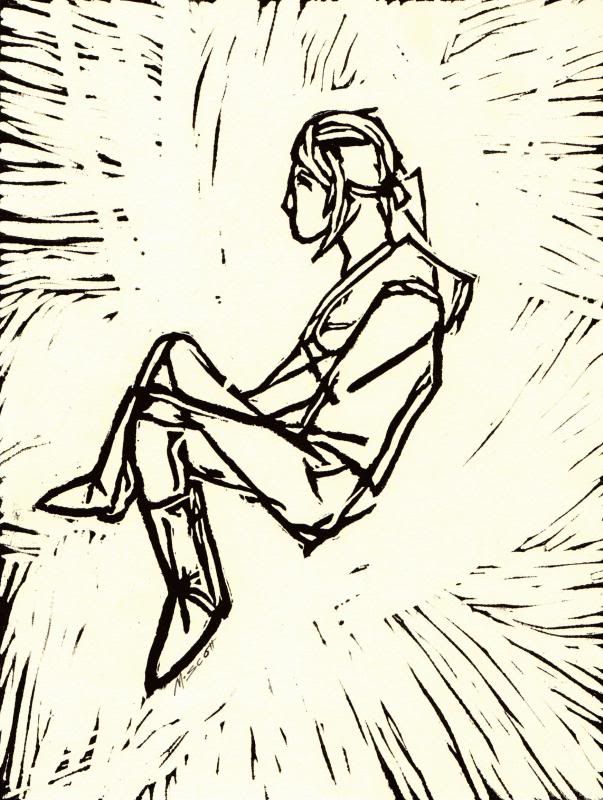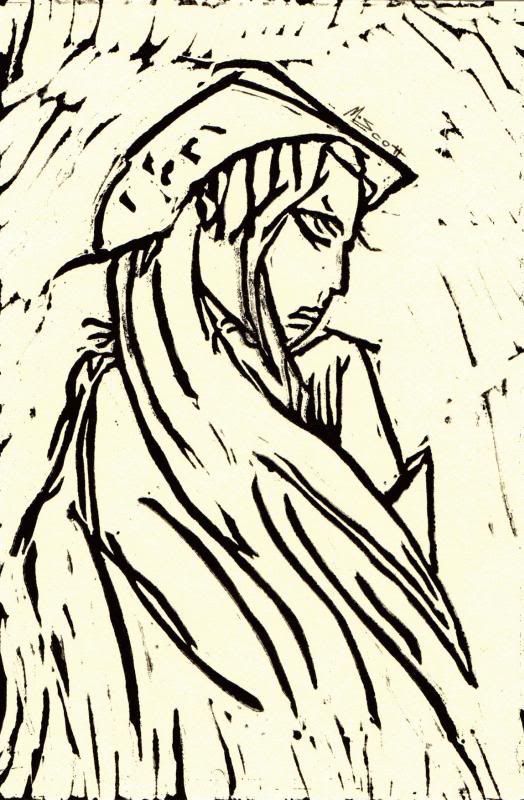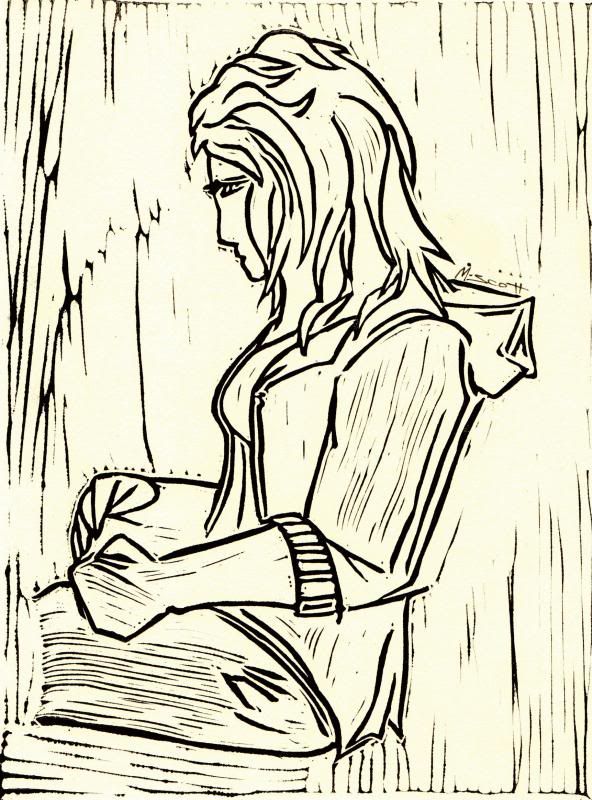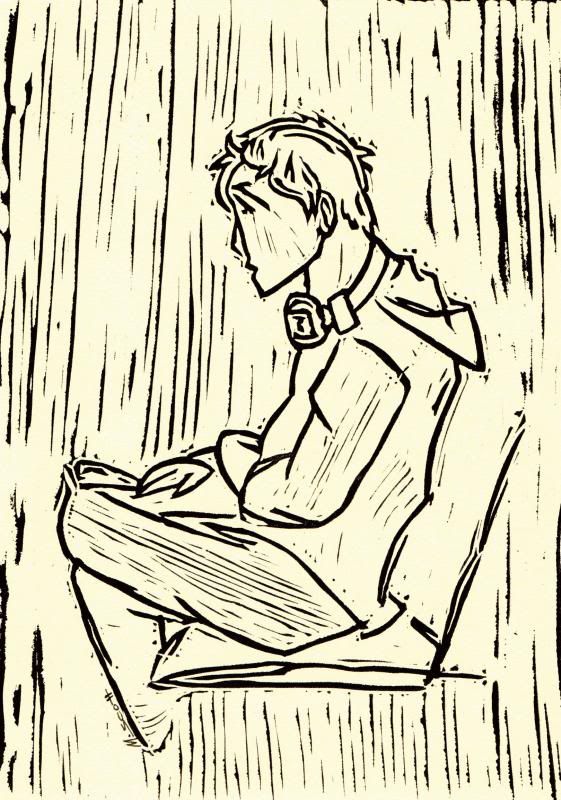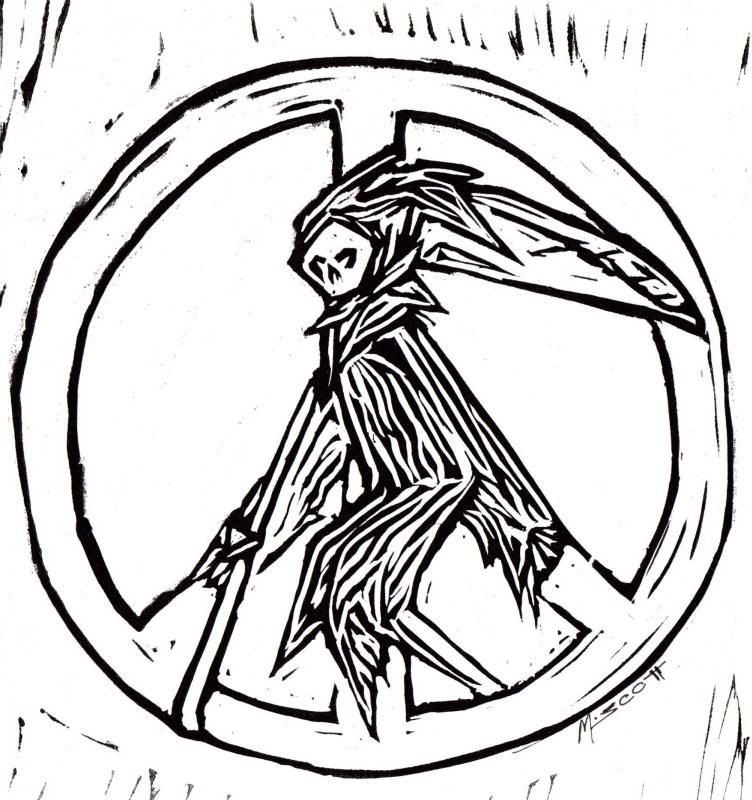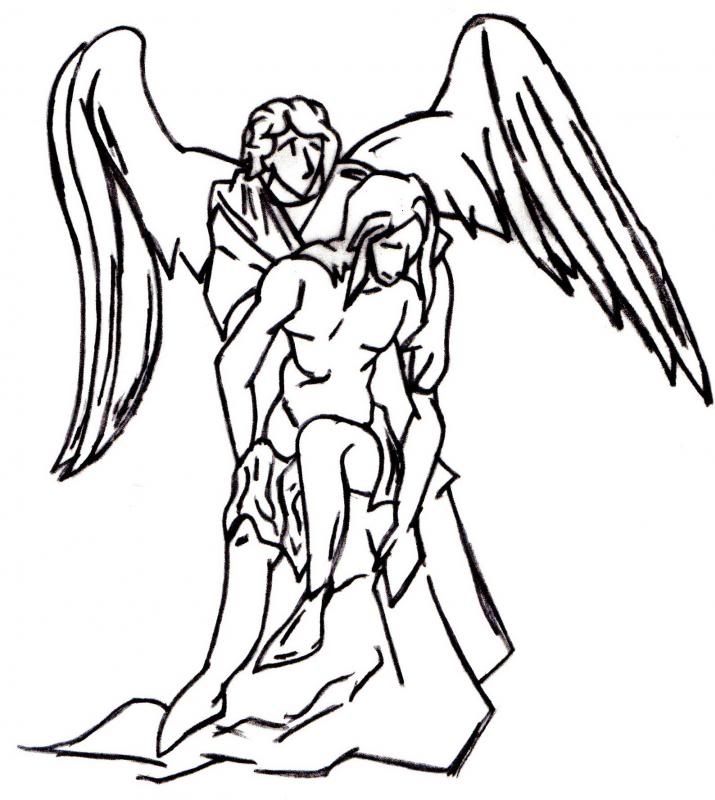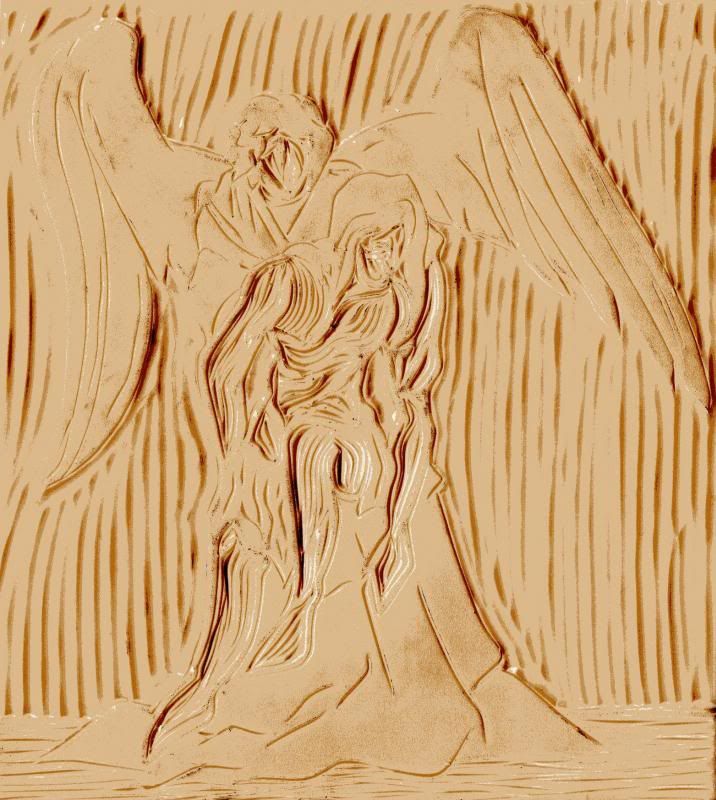"...much like ants making their nest within the walls of someone’s kitchen, it’s all a simple matter of ‘innocent intrusion’. What I mean in saying this is that one of the problems street art, even the sort as wholesomely innocent as this, is that it still has to put up with the very likely possibility that its presence will only be deemed as vandlaistic in nature and barely anything more...
However, if I completely avoided the notion of placing Anthill’s populants in such locations, that would more or less defeat the entire premise of the project. Urban living all too often steers us away from being fully aware of the world we created and possess but do not possess by our own right. As much as we may like to think our homes and towns and cities serve to shelter our kind alone, all forms of life may make their home in these environments too. The entire reason I named this project Anthill was to serve as a constant reminder of that and the ‘ants’ of this Anthill take on more human form because no matter how much we choose to form the land we inhabit, we are still a part of a grand and complex ecological system. This entire project works under paradoxes. In looking into the little things in life, one can find more appreciation for the grand scheme of it all."
- one of the posts on Project Anthill.
Project Anthill on Tumblr
Also, following an understanding of my interest in costumes I eventually created another Tumblr blog dedicated specifically to all costumes I produced. Though, this wasn't set up until partway into my second year, when I would eventually come to acknowledge artistic merit in another subject matter I will elaborate on another time in the future. I could the Tumblr blog Becoming the Myth, partly to carry on from my initial project title from the start of second year, where I aimed to establish some understanding in how I may try to identify with figures of myth by attempting to model myself after them in costume. As stated before, I will provide a more in-depth explanation however, on how I would come to the conclusion on expanding to what extent mythology itself has become prevalent even in our modern culture.
Becoming the Myth on Tumblr
Finally, my final major project from college had too expanded beyond its set brief. Since I knew how invested my interests can dwell on mythology and other relatable subjects such as occultism, demonology and even cryptozoology, I decided to organise myself with the expectation of producing more artwork under such themes beyond my time in college.
Myths & Mysteries on Tumblr
Although many of the works featured on these links will have crossed over from works shown here, I feel they will warrant more intrigue than the general presentation I offer through this particular blog.








